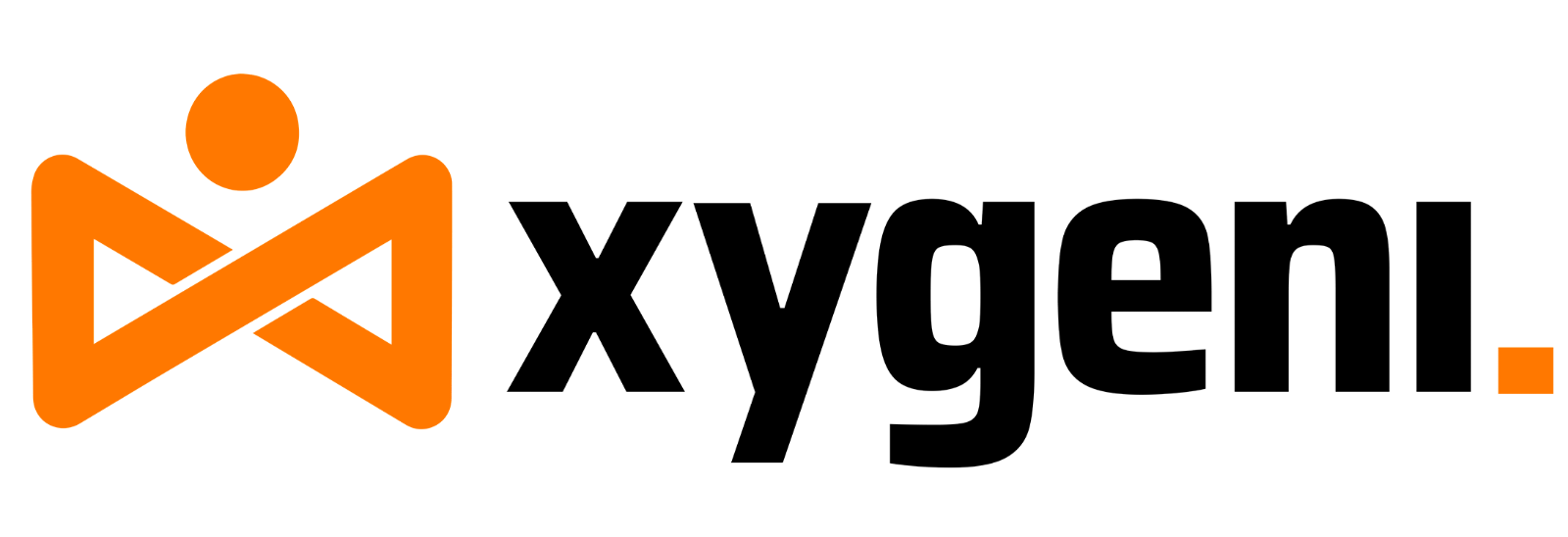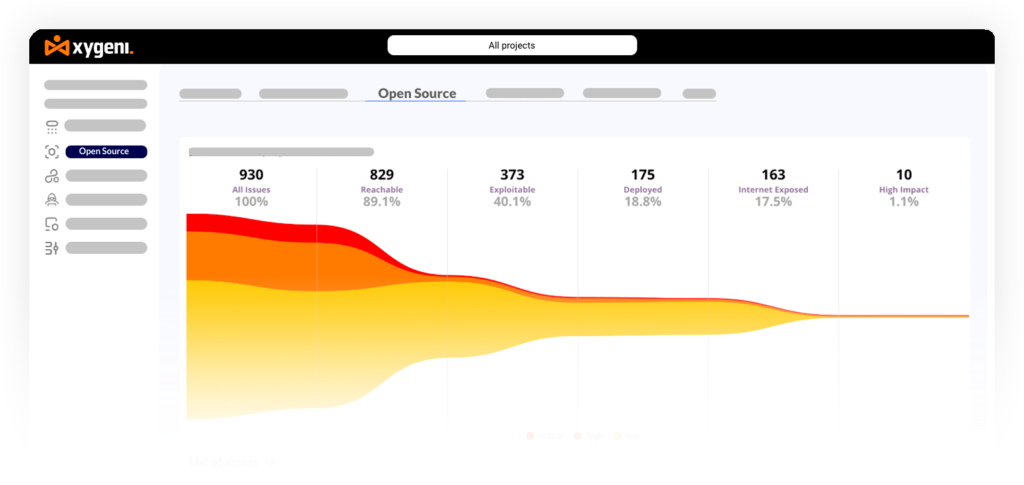However, the software supply chain has become an increasingly popular target for cybercriminals seeking to infiltrate software and compromise its security. One of the methods used by attackers to achieve this is code tampering, which is the process of modifying a software’s source code to introduce a vulnerability or malicious behavior.
In this post, we will explore the concept of code tampering and how it can affect the software supply chain. We will also discuss some measures that can be taken to protect the software supply chain from code tampering and ensure that the delivered software is secure and reliable.
What is code tampering?
Code tampering is a technique used by attackers to modify a software’s source code with the goal of introducing a vulnerability or malicious behavior. Attackers can modify the source code during the development phase or after the software has been delivered to end-users. The purpose of code tampering can be to steal information, perform denial-of-service attacks, or take control of systems.
Code tampering is an effective technique for attackers because it allows them to evade security measures implemented in the software. The software can be modified to avoid threat detection or to communicate with malicious servers without users being aware. Code tampering can be carried out by an internal or external attacker, meaning that anyone with access to the software’s source code can perform it.
How code tampering affects the software supply chain
Code tampering is a threat to the software supply chain because it can compromise the security and integrity of the software delivered to end-users. Code tampering can occur at any stage of the supply chain, from development to distribution and end-use of the software. When the software is maliciously modified, users may be exposed to security risks such as data leakage or theft of confidential information.
Code tampering can also affect the reputation of companies that deliver compromised software to end-users. Software security breaches can be very costly and damaging to companies, as they can lose user trust and suffer significant financial losses.
How to protect the software supply chain from code tampering
To protect the software supply chain from code tampering, it is necessary to implement effective security measures at all stages of the process. These are some of the measures that can be taken to protect the software supply chain from code tampering:
-
- Implement security measures in software development
Implementing security measures in the software development process is crucial to ensure that the source code is secure and reliable. Security measures that can be implemented include code review, developer authentication, and the implementation of security testing.
- Implement security measures in software development
-
- Control access to the source code
It is important to control access to the software’s source code to prevent unauthorized individuals from making malicious modifications. This can be achieved through the implementation of access policies and user authentication.
- Control access to the source code
-
- Implement security measures in software distribution
During the distribution of software, it is important to ensure that the delivered software is the same as the developed one. This can be achieved through the implementation of security measures such as digital signing and software encryption.
- Implement security measures in software distribution
-
- Perform software security testing
It is important to perform software security testing to detect any vulnerability or weakness in the source code. Security testing can include penetration testing, load testing, and vulnerability testing.
- Perform software security testing
-
- Monitor software in real-time
Monitoring software in real-time can help detect any anomalous or malicious behavior in the software. This can be achieved through the implementation of security monitoring measures and the deployment of threat detection solutions.
- Monitor software in real-time
-
- Implement security measures in end-use of software
It is important to implement security measures in the end-use of software to ensure that users are protected against any threats or vulnerabilities in the software. This can include the implementation of authentication measures and educating users about best security practices.
- Implement security measures in end-use of software
-
- Promote transparency in the software supply chain
Transparency in the software supply chain is essential to ensure that the delivered software is reliable and secure. This can be achieved through the implementation of transparency policies and the disclosure of information about the delivered software.
- Promote transparency in the software supply chain
-
- Educate developers and users about code tampering
It is important to educate developers and users about code tampering and the measures that can be taken to protect software against this threat. Education can include the disclosure of information about the latest code tampering techniques and best practices for protecting software against this threat.
- Educate developers and users about code tampering
Examples of code tampering
Code tampering is a real threat to the software supply chain, and there have been many examples of this threat in recent years. These are some of the most well-known examples of code tampering:
-
- Magecart
Magecart is a group of hackers that focuses on stealing credit card information from websites. The group uses code tampering techniques to modify the source code of websites and steal credit card information from users.
- Magecart
-
- SolarWinds
SolarWinds is a network monitoring software provider that suffered a code tampering attack in 2020. Attackers modified the source code of the software to introduce a backdoor that allowed them to access the systems of SolarWinds’ customers.
- SolarWinds
-
- Equifax
Equifax is a credit reporting agency that suffered a code tampering attack in 2017. Attackers exploited a vulnerability in an open-source software used by Equifax and managed to modify the software’s source code to steal information from 143 million users.
- Equifax
These examples demonstrate the importance of protecting the software supply chain against code tampering and other security threats. Companies and developers can take steps to protect software against these threats, including the implementation of security measures throughout the software lifecycle.
Conclusion
Code tampering is a real threat to the software supply chain and can have serious consequences for companies and users. Companies and developers must take steps to protect software against this threat, including the implementation of security measures throughout the software lifecycle.
This includes code review, controlling access to source code, implementing security measures in software distribution, performing software security testing, monitoring software in real-time, implementing security measures in end-use of software, promoting transparency in the software supply chain, and educating developers and users about code tampering and best security practices.
Protecting the software supply chain is essential to ensure that delivered software is reliable and secure. Companies and developers must take proactive steps to protect software against code tampering and other security threats to safeguard their reputation and the security of end-users.
Xygeni Platform
If you’re keen to explore further, discover the robust functionality of Xygeni’s Code Tampering Prevention solution. Secure your software supply chain and enhance protection with our innovative tools.
-
- Find mismatches from the expected state at each point in the software pipeline.
-
- Identify anomalies in behavior as evidence for a potential security breach.
-
- Protect critical code against unintended changes.
Download our Datasheet
Xygeni’s mission is to protect the integrity and security of your software ecosystem throught the entire DevOps.
Xygeni defends your CI/CD pipeline against software supply-chain attacks, providing security and integrity across all phases of the SDLC. Find out more about our platform by downloading this datasheet.






